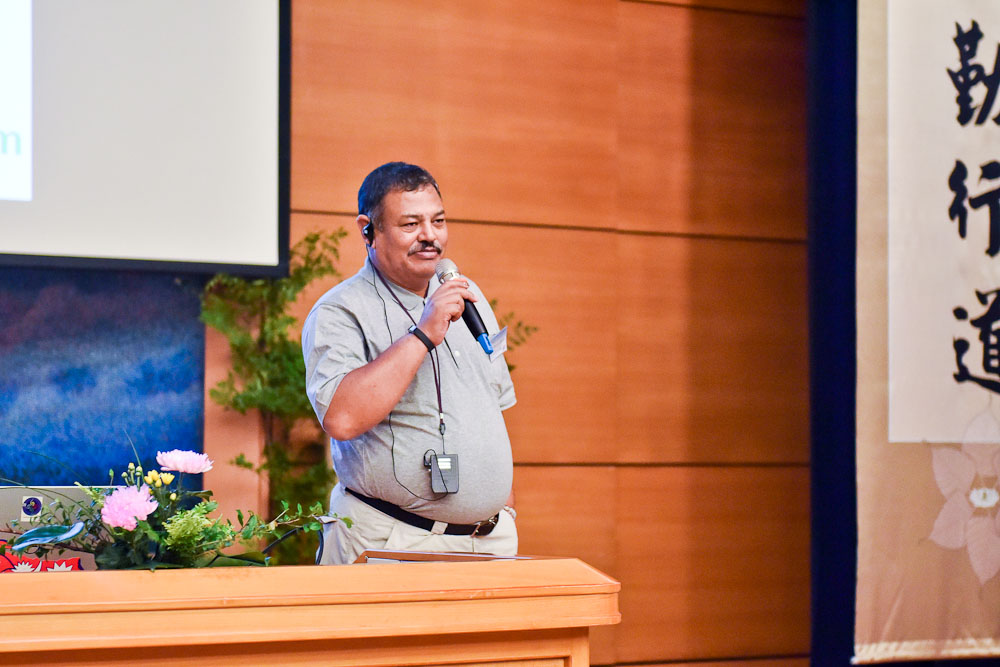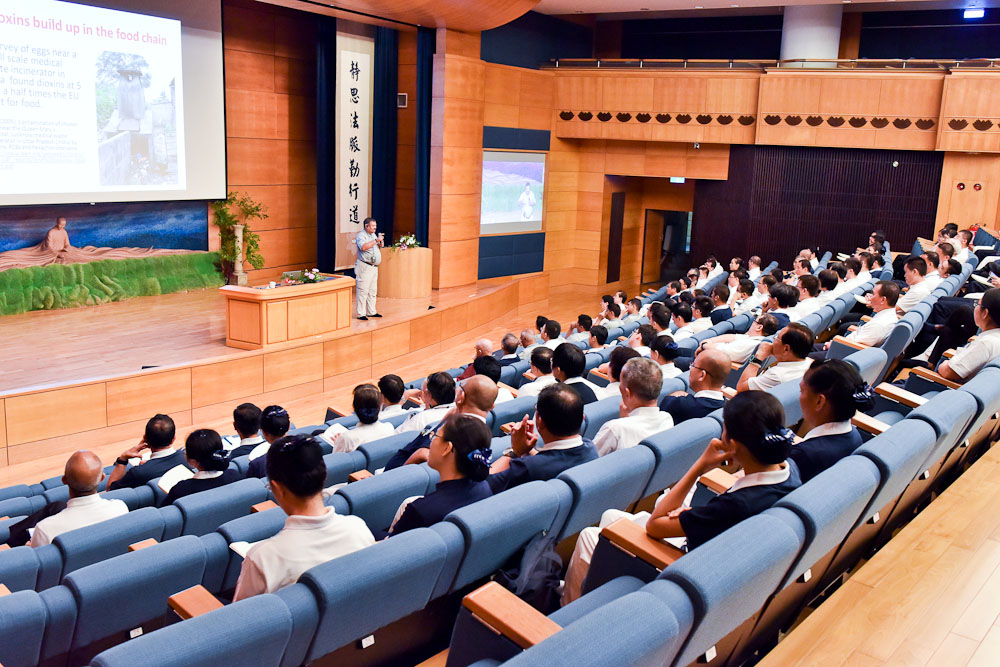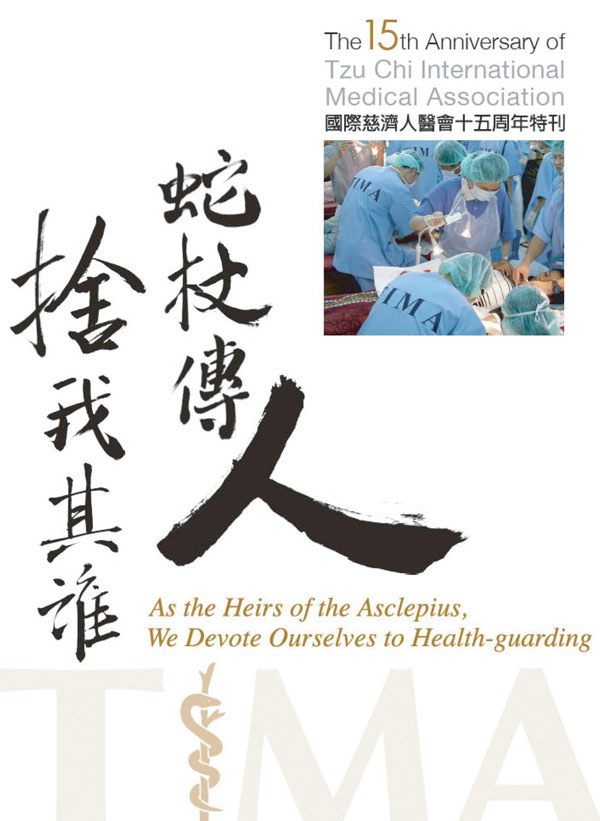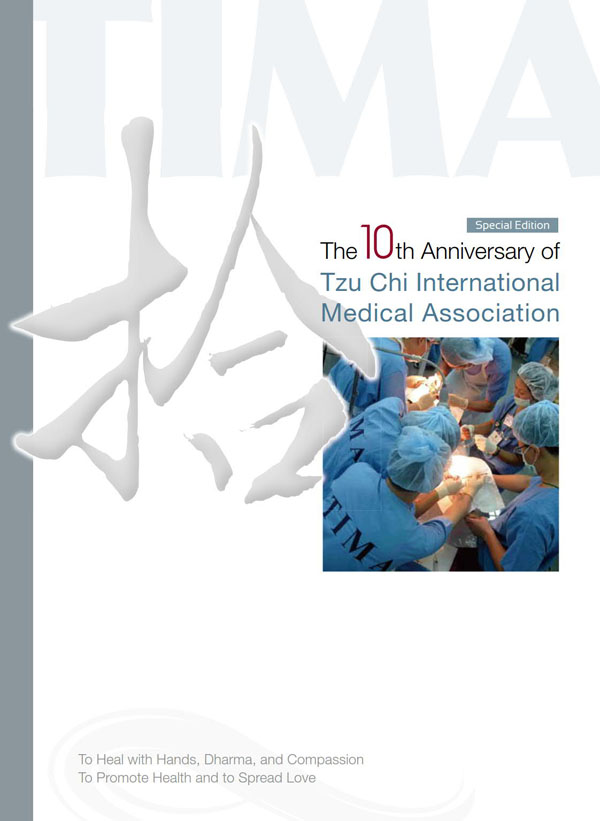
Written by: Huang Chang Bin
Translated by: Juneau Weng
In the afternoon of September 14th, during the discussion of Internal Medicine division, the engineer, Mahesh Nakarmi was invited to share the topic on "medical waste disposal and management" (From Burn to Non Burn). As a consultant member dealing with medical waste in World Health Organization (WHO), and also the Director of Health Care Waste Management Program in Healthcare Foundation Nepal (health Care Foundation Nepal, HECAF-Nepal) , he has abundant experiences in handling medical waste in Nepal.
Director Mahesh pointed out that Nepal's former medical wastes were not classified and were thrown away everywhere, causing serious pollution of local ecological aftermath to people's health, safe drinking water, and even burning waste without disinfection which caused toxic dioxins in this century into the big natural food chain, and finally back to the people who are worried about not only causing disease, but also the global warming intensifies.
"75 percent of the waste is infectious!" During his lecture, he showed a shocking video about how the local and precious forest resources in Nepal were ruined by wastes. Arbitrary piles of medical waste were dumped. Mosquitos, flies and blackfly are breeding everywhere. Those unclean disgusting scenes revealed especially that interspersed needles, syringes, drug capsules etc. were found in the land mixed with discarded bloody placenta, and broken parts of human palms and limbs mixed with blood and fresh, which is exactly a contagious disease hotbed.
In April 2015, an earthquake of 7.8 on the Richter scale occurred in Nepal, and seven hundred sixty-five local medical institutions were hit. Mahesh shared successful cases in helping regional hospitals after the disaster with effective management, color-coded medical waste classification (for example: red for infectious, blue represents non-infectious), and after the sterilization in the simple design of large-scale high-temperature sterilization pot, will move to the steps of destruction and was subsequently classified for recycling. Thus, in addition to achieve environmental objectives, also the protection of water and soil, through recycling waste after disinfection, there are immediate benefits of an additional income (two hundred and twenty rupees) each time, and also the love for Earth and maintenance of the health of local residents and medical staffs.
"We educated medical staffs to handle these medical wastes properly. The organic medical waste will be buried after disinfection in order to make the bacterial decomposition of organic waste happen......" through the lens of the camera, we can see the striking performance of this regional hospital medical waste recycling, such as: using the instruments for bending the needles after use, avoiding the removal of the needles with human hands, and protecting staffs of resource recovery from been pinned by needles. Recycling fluorescent tubes will be destroyed in outdoor to avoid human injuries by cuts and escaping mercury vapor.
The whole lecture was quite thought-provoking. Director Mahesh said that we have only one planet. The greenhouse effect is roaring and the climate changes anomaly. We, as global citizens, should implement recycling and waste classification. By means of appropriate disposal, together we should guard the earth against the destruction!


